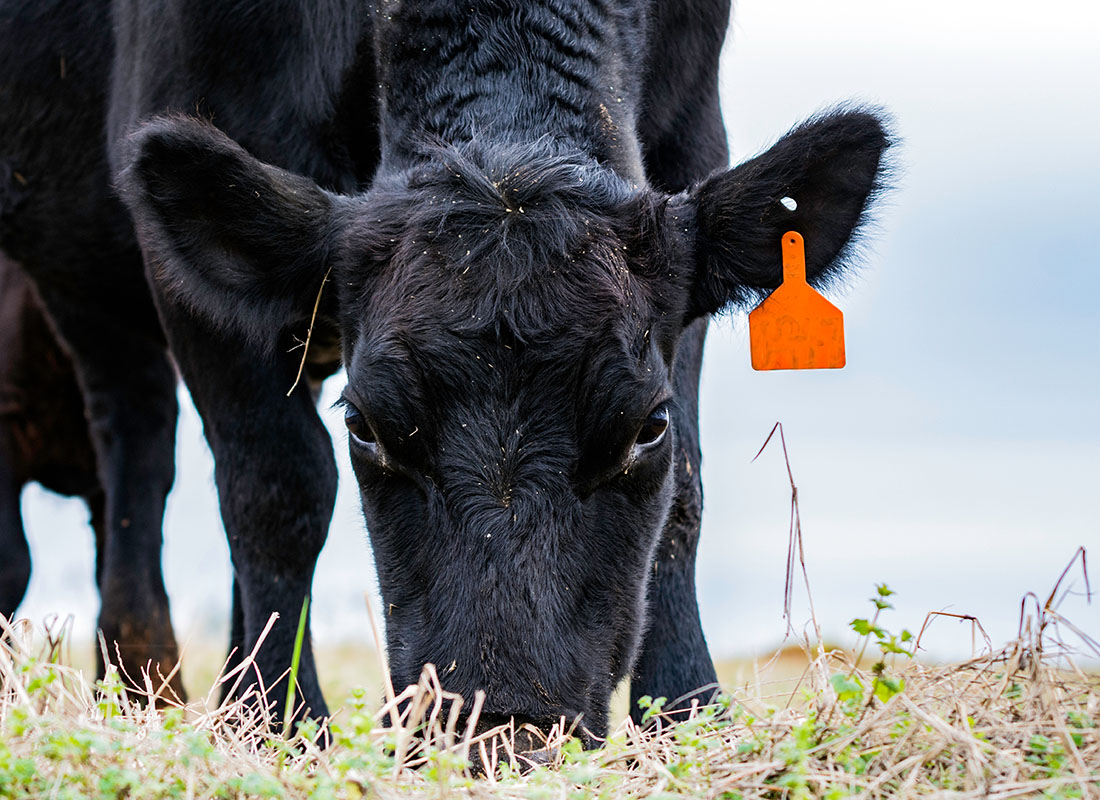Professional Assistance: Bagley Risk Management Techniques
Professional Assistance: Bagley Risk Management Techniques
Blog Article
Understanding Animals Danger Defense (LRP) Insurance Coverage: A Comprehensive Overview
Navigating the world of animals danger security (LRP) insurance policy can be an intricate undertaking for many in the farming sector. From exactly how LRP insurance coverage operates to the numerous protection options readily available, there is much to reveal in this comprehensive overview that might potentially form the method livestock producers approach threat administration in their businesses.

Exactly How LRP Insurance Works
Periodically, comprehending the technicians of Animals Danger Security (LRP) insurance can be complicated, yet breaking down just how it works can give quality for farmers and breeders. LRP insurance policy is a risk management device designed to safeguard animals manufacturers against unforeseen rate declines. It's important to note that LRP insurance is not a profits assurance; instead, it focuses only on rate risk protection.
Eligibility and Coverage Options

When it comes to protection alternatives, LRP insurance supplies manufacturers the flexibility to select the insurance coverage level, coverage period, and endorsements that best fit their threat administration needs. By understanding the qualification requirements and insurance coverage choices offered, livestock producers can make enlightened choices to take care of risk effectively.
Advantages And Disadvantages of LRP Insurance Policy
When reviewing Animals Risk Protection (LRP) insurance coverage, it is necessary for animals producers to consider the advantages and negative aspects intrinsic in this danger administration tool.

Among the main advantages of LRP insurance is its capability to offer defense against a decrease in livestock prices. This can help guard manufacturers from economic losses resulting from market changes. Furthermore, LRP insurance coverage offers a level of flexibility, permitting producers to tailor protection degrees and plan periods to fit their particular demands. By securing an ensured cost for their animals, producers can much better manage danger and plan for the future.
Nonetheless, there are likewise some drawbacks to take into consideration. One limitation of LRP insurance is that it does not secure versus all kinds of threats, such as condition break outs or natural calamities. Costs can often be pricey, particularly for producers with huge livestock herds. It is vital for producers to carefully examine their specific threat direct exposure and monetary situation to determine if LRP insurance coverage is the ideal risk management tool for their procedure.
Comprehending LRP Insurance Premiums

Tips for Maximizing LRP Advantages
Taking full advantage of the benefits of Animals Risk Security (LRP) insurance needs strategic preparation and aggressive threat administration - Bagley Risk Management. To take advantage of your LRP insurance coverage, think about the complying with ideas:
Routinely Evaluate Market Problems: Stay informed regarding market fads and cost variations in the animals industry. By keeping an eye on these factors, you can make informed decisions about when to purchase LRP insurance coverage to shield versus prospective losses.
Establish Realistic Coverage Degrees: When choosing protection levels, consider your production prices, market value of animals, and possible dangers - Bagley Risk Management. Setting sensible protection degrees ensures that you are adequately protected without overpaying for unneeded insurance
Diversify Your Protection: Rather than depending only on LRP insurance policy, take into consideration expanding your danger administration strategies. Incorporating LRP with various other threat administration devices such as futures agreements or alternatives can supply detailed protection against market unpredictabilities.
Testimonial and Change Insurance Coverage Consistently: As market problems alter, periodically review your LRP protection to ensure it straightens with your current danger direct exposure. Readjusting coverage levels and timing of purchases can assist check out here optimize your risk protection strategy. By adhering to these tips, you can make the most of the advantages of LRP insurance and safeguard your animals procedure against unanticipated risks.
Verdict
Finally, animals risk protection (LRP) insurance is a valuable device for farmers to take care of the monetary risks related to their livestock procedures. By recognizing exactly how LRP works, eligibility and protection choices, as well as the pros and disadvantages of this insurance, farmers can make enlightened choices to secure their incomes. By carefully taking into consideration LRP premiums and implementing methods to maximize advantages, farmers can mitigate possible losses and make sure the sustainability of their procedures.
Animals manufacturers interested in acquiring Livestock Danger Protection (LRP) insurance policy can check out a variety of eligibility standards and coverage choices tailored to their details animals operations.When it comes to coverage choices, LRP insurance policy uses manufacturers the flexibility to pick the coverage level, coverage period, and endorsements that ideal suit their threat management needs.To realize the ins and outs of Animals Danger Protection (LRP) insurance coverage fully, understanding the aspects affecting LRP insurance costs is crucial. LRP insurance coverage premiums are established by various elements, including the protection degree selected, the anticipated price of animals at the end of the insurance coverage duration, the type of livestock being guaranteed, and the length of the coverage duration.Evaluation and Readjust Insurance Coverage On a regular basis: As market problems transform, occasionally evaluate your LRP insurance coverage to ensure it aligns with your existing risk direct exposure.
Report this page